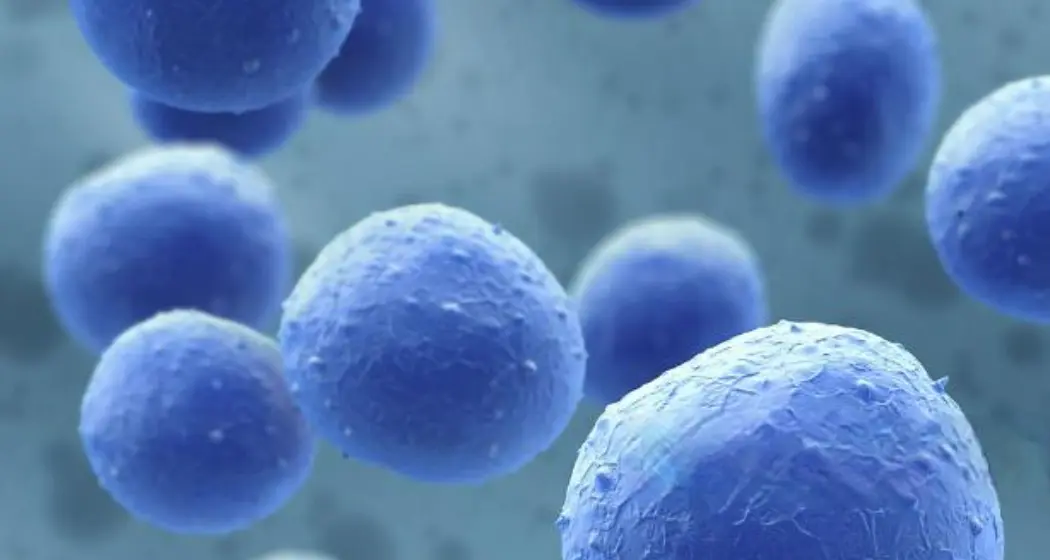Stem cells, or Human Cellular Tissue or Wharton’s Jelly Allograft as they are now called, can come from several sources. They can come from you, or they can come from a donor. Stem cells can be drawn from a person from 2 areas. One is from your bone marrow. This is a surgical procedure. The doctor gets the bone marrow by drilling a hole in your bone, typically in the upper part of your leg, near your hip and extracting the bone marrow.
Then it is spun down in a centrifuge to separate the stem cells from other things in the bone marrow. There are pros and cons for this treatment, but there are more cons. The pro is that it is coming from you, so if you have concerns about where the stem cells are coming from, this eliminates that concern. There are quite a few cons:
- Extracting the bone marrow is a surgical procedure. All surgical procedures come with risks, such as infection and a negative reaction to anesthesia. Also, surgical procedures are expensive, and since this treatment is not covered by insurance, it could be a large out of pocket expense, upwards of $15,000.
- The quality and quantity of the cells extracted depends on the person. If you are older, so are your cells. Any accidents, injuries or illnesses that you have had throughout your life, your cells had them too.
- The quantity of cells is also limited. The older you get, the less stem cells you have that are available to you.
The other source or stem cells is from your adipose fat. This is a less complicated procedure than bone marrow, but it is still invasive. The doctor extracts fat, typically from your belly region and spins that down to get the stem cells. This is not like liposuction, so you will not get skinnier from this procedure. This procedure was not recommended by the FDA because it was found that after a certain age, usually around 40, there are very few stem cells in adipose fat. So, if you are interested in doing this procedure, and you are over 40, you may not get a good result.
The last way to get stem cells is from a donor. Here’s how this process works. When a woman gets pregnant, her doctor may ask her if she would be willing to donate her afterbirth to a lab. If she agrees, then she is given a series of tests to ensure that her donated tissue is acceptable. The donor is checked for diseases, infections, genetic issues, and a slew of other things. If they pass all of these tests, then they get approved to be a donor. At the time of birth, a c-section is performed and the afterbirth (amniotic tissue, placenta and umbilical cord) are sent to a special lab.
Note that the mother and baby are not impacted in any way at all during this process. Back in the 1980s, there was some controversy about stem cells and that they were getting them from aborted fetuses. This was banned in the 1980s by the government and is illegal in the US. It was also found that these cells didn’t work well, so it’s a good thing they made them illegal.
Once the tissue is retrieved after the birthing process, it is quickly shipped to a regenerative medicine lab. These labs then will process the tissue and cryogenically store it until it is ordered by a doctor to be injected into a patient.
The highest concentration of stem cells is in the Wharton’s Jelly of the umbilical cord. That is why if the tissue is called “Wharton’s Jelly Allograft”, then it should contain stem cells.
The FDA is heavily involved in how this tissue is retrieved, stored and used. They require that it be “minimally manipulated”. This is just like it sounds. They don’t want the lab to make too many changes to the tissue. There are a lots of good things in this tissue, not just stem cells. There are growth factors, proteins and other materials that help the healing process.
There are some pros and cons to this option as well, however, the pros outweigh the cons in this case. This treatment is considered minimally invasive, meaning it is a simple injection. The risk is low, and assuming that the practitioner follows the FDA guidelines for an injection, the risk of infection is extremely low. There are no sedatives or anesthetics. We typically use an ethyl chloride “cold spray” to numb the area being injected. The patient has to “take it easy” for a few days after the injection, but that is about it.
As for the product being injected, it is very young and potent. The cells were preserved typically within a few hours of the time they were taken from the birthing process, so they are very good. Imagine having cells like the ones you had when you were an infant.
These cells are also considered “neutral”, in that they do not have to match a certain blood type, so they can be injected into anyone. Your body will accept these cells as if they were yours, so there is no risk of rejection.
The biggest con to this option is the cost. Human Tissue allografts can be expensive, costing anywhere from $4,000 to upwards of $12,000. It depends on the lab and the doctor’s fees. This is still less than the bone marrow aspirate option though.

